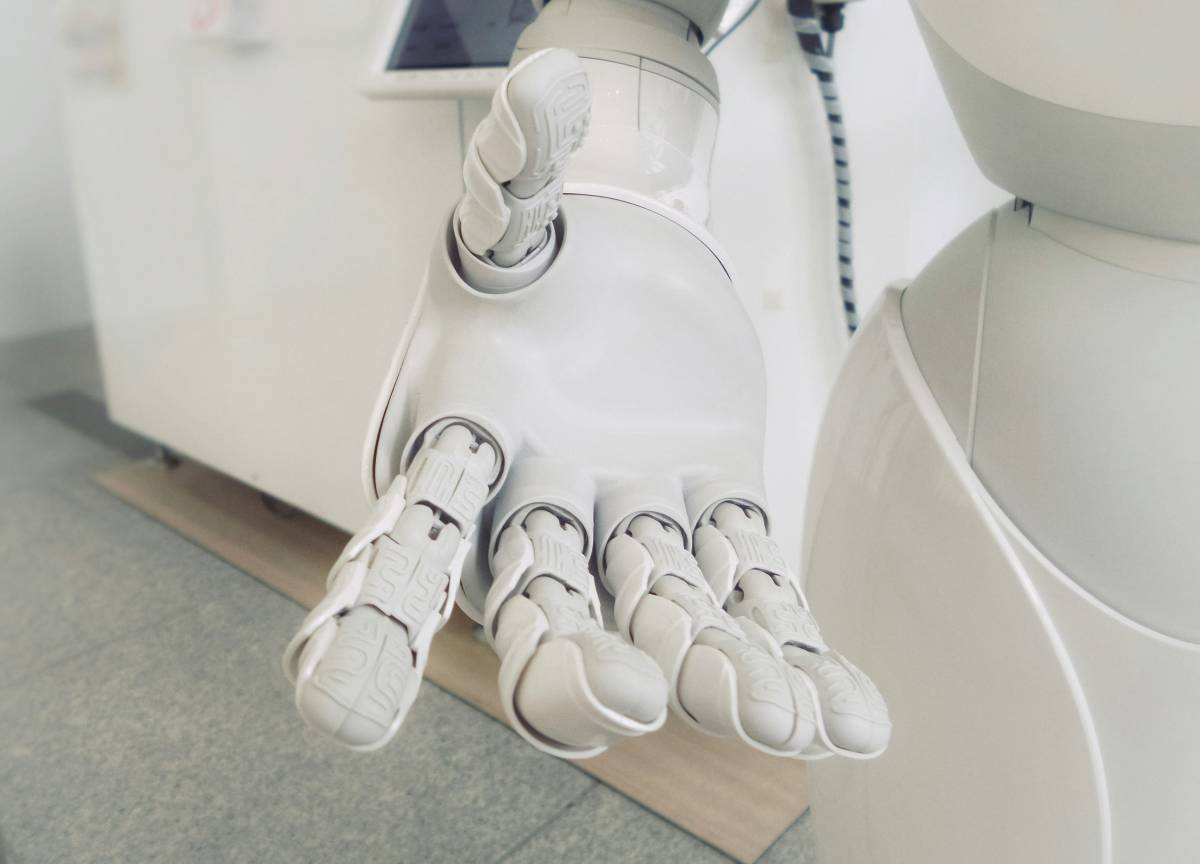There’s a lengthy piece over at the Conversation asking "Why are so many robots white?"
The author does not (just) mean "appear ethnically white;" they are including white plastic coverings as well. {1}
Given the diversity of people they will be exposed to, why does Kaspar, designed to interact with children with autism, have rubber skin that resembles a white person’s? Why are Nao, Pepper and iCub, robots used in schools and museums, clad with shiny, white plastic?
They author does raise some good points about cultural ideals, and there is a lot to be said about the appearance of AIs and interfaces that interact with a culturally diverse audience. But it’s not nearly as straightforward as the author makes it out to be:
The cultural imaginary that enshrines robots as white, and in fact usually female, stretches back to European antiquity, along with an explosion of novels and films at the height of industrial modernity. From the first mention of the word “android” in Auguste Villiers de l’Isle-Adam’s 1886 novel “The Future Eve,” the introduction of the word “robot” in Karel Čapek’s 1920 play “Rossum’s Universal Robots,” and the sexualized robot Maria in the 1925 novel “Metropolis” by Thea von Harbou – the basis of her husband Fritz Lang’s famous 1927 film of the same name – fictional robots were quick to be feminized and made servile.
Again for emphasis: Fictional robots were quick to be feminized and made servile.
Take that, and then add in a lot of our modern cultural attitudes toward robots, such as Star Wars‘s continual disregard and outright abuse of fully sentient robots.
Then add in the history of slavery in the global West.
So having these digital and mechanical slaves be depicted as people of color can also be super problematic.
Personally, I prefer the idea of non-anthropomorphic appearances to sidestep the entire issue. Like BB-8, R2D2, the robots from Interstellar, or event VINCENT from The Black Hole.
Do not mistake me; the original piece does a good job of raising a question that needs to be discussed. We do need to question our assumptions, for reasons both ethical and practical. Providing cultural and gender diversity is important when you are serving a diverse population.
At the same time, we must fully discuss the ramifications and implications of these decisions so we don’t simply trade one problematic element for another.
And in creating that discussion, the original piece has done a magnificent job.
{1} There is a logistical point that white tends to imply "clean," not due to any racial reason, but because dirt, oil, etc, show up more vividly against it.
Featured Photo by Possessed Photography on Unsplash
